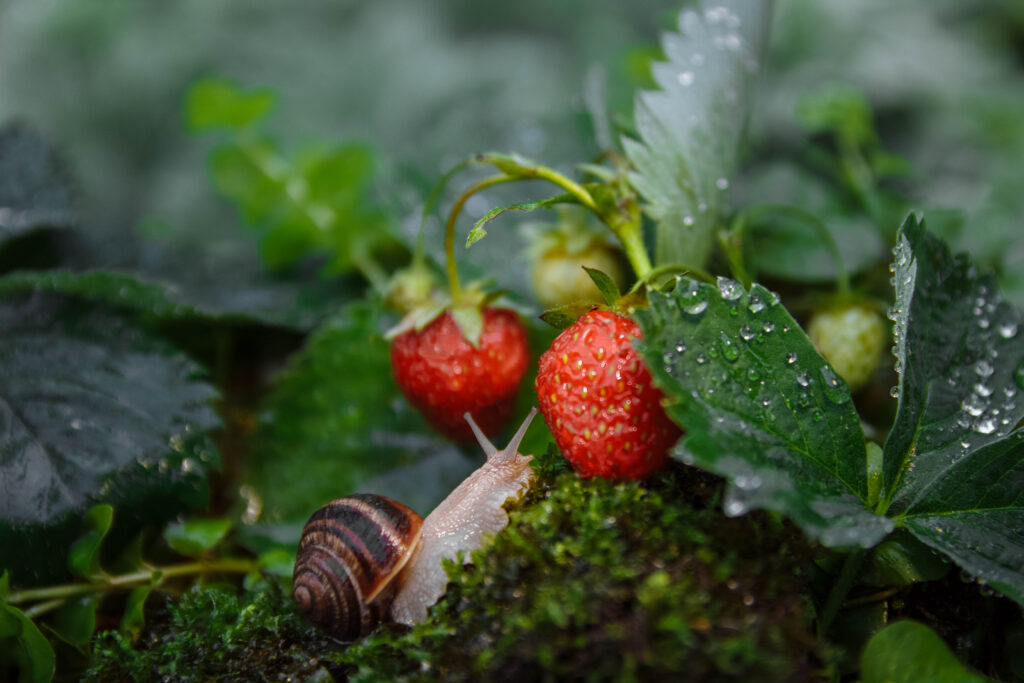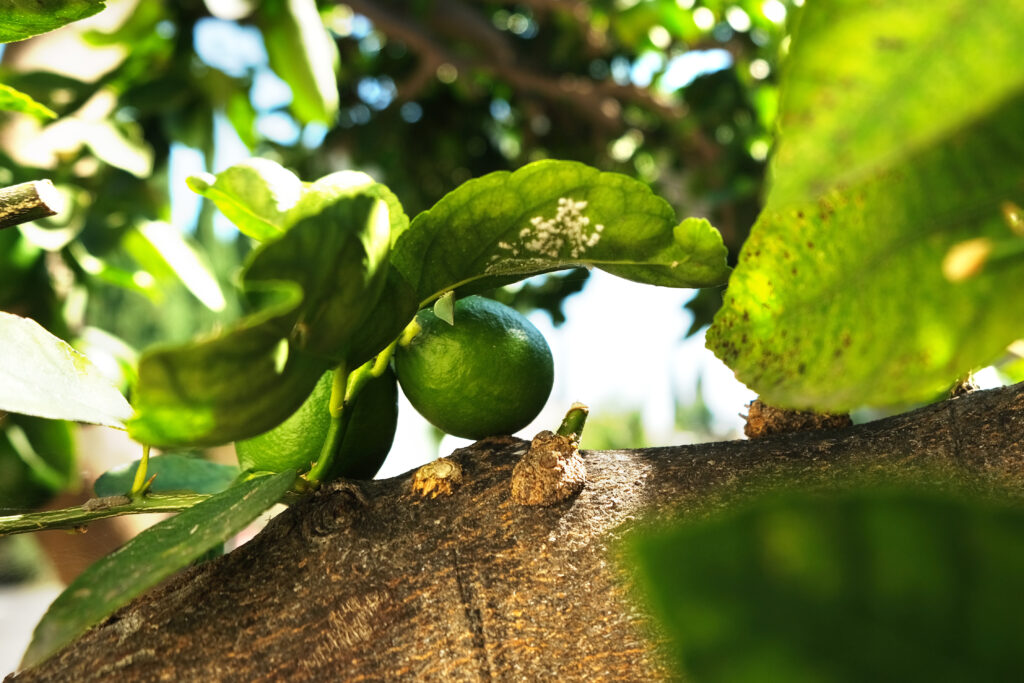
Natural pest control is essential if you’ve ever walked out to your garden, excited to check on your tomatoes, only to find chewed leaves, holes in your lettuce, or mystery bugs crawling on your cucumbers, all that time dreaming about preserving for the winter is gone. Pests are part of the deal, but the good news is you don’t need to spray your whole garden with chemicals to protect your crops. I had aphids hatch on my lemon tree and it felt like they would never go away but with a little observation, planning, and natural pest control tricks, you can keep your plants healthy without losing your harvest. Let’s break it all down.
Table of Contents
Why Pest Control Starts Before You Plant
The best pest control strategy is a healthy garden. Weak plants are bug magnets — stressed-out plants send out chemical signals that pests pick up like an invitation to a free buffet.
✅ Healthy soil = strong plants.
✅ Good plant spacing = better airflow, less disease.
✅ Diverse plants & flowers = attracts beneficial bugs that eat the bad ones.
I start every season by adding compost and mulch, planting flowers to attract beneficial insects, and rotating my crops to confuse pests. Looking to start your soil off for success check out – Guide to Organic Fertilizers: What to Use, When to Apply & How They Work

Top 10 Most Common Garden Pests & How to Spot Them
Here’s a quick guide to the usual suspects, plus signs to watch for:
| Pest | What They Attack | Signs of Damage |
| Aphids | Tomatoes, peppers, kale | Sticky leaves, curling foliage |
| Cabbage Worms | Cabbage, kale, broccoli | Big holes in leaves |
| Squash Bugs | Squash, pumpkins | Wilting plants, clusters of brown eggs |
| Tomato Hornworms | Tomatoes, peppers | Stripped leaves, large green worms |
| Slugs & Snails | Lettuce, strawberries | Slimy trails, holes in leaves |
| Cutworms | Seedlings | Seedlings cut off at soil level |
| Spider Mites | Beans, tomatoes | Tiny dots on leaves, webbing |
| Colorado Potato Beetles | Potatoes, tomatoes, eggplant | Chewed leaves, orange larvae |
| Flea Beetles | Radishes, arugula, eggplant | Tiny holes (“shotgun” pattern) |
| Japanese Beetles | Beans, corn, fruit trees | Skeletonized leaves (only veins left) |
I walk my garden every morning with coffee in hand, looking for early signs of trouble catching pests early makes all the difference.
Natural Pest Control Methods That Work!
1️⃣ Hand-Picking
Yes, it’s gross. Yes, it works. I put on gloves and start from the first plant in the row to make sure each one has been inspected.
- Squash bugs, cabbage worms, and hornworms are big enough to grab.
- Drop them in a bucket of soapy water.
2️⃣ Physical Barriers
- Row covers keep cabbage worms off brassicas.
- Collars made from cardboard or plastic block cutworms around seedlings.
- Netting protects berries from birds.
3️⃣ Companion Planting
Certain plants naturally repel pests or attract good bugs that eat the bad ones.
| Plant | Repels |
| Marigolds | Nematodes, aphids |
| Basil | Mosquitoes, flies, tomato hornworms |
| Nasturtiums | Aphids, squash bugs |
| Onions & Garlic | Cabbage worms, carrot flies |
4️⃣ Beneficial Insects
Invite natural predators to patrol your garden.
| Beneficial | Eats |
| Ladybugs | Aphids, mites |
| Lacewings | Aphids, caterpillars |
| Parasitic Wasps | Hornworm eggs, caterpillars |
| Ground Beetles | Slugs, cutworms |
5️⃣ Organic Sprays (When Absolutely Necessary)
- Neem oil (smothers aphids, mites, and fungal spores).
- Insecticidal soap (good for soft-bodied pests like aphids).
- Bt (Bacillus thuringiensis) (natural bacteria that kills caterpillars — safe for plants and people).
I only spray as a last resort, and even then, I spot-treat instead of spraying the whole garden.
Preventing Pests with Companion Planting
Some plants are natural bodyguards for your vegetables. By mixing herbs, flowers, and veggies together, you create a garden that’s less appealing to pests.
Best Companion Plant Combos for Pest Prevention
This has been a game changer, the best plants for companion planting for more
| Crop | Companion | Repels |
| Tomatoes | Basil & marigolds | Hornworms, aphids |
| Cabbage | Thyme & dill | Cabbage worms |
| Cucumbers | Nasturtiums | Squash bugs |
| Carrots | Onions | Carrot flies |
| Beans | Marigolds | Mexican bean beetles |
My tomatoes always get a border of basil and marigolds, and I swear they taste better — plus, fewer hornworms!
FAQs About Organic Pest Control
Pests are part of gardening, but they don’t have to ruin your harvest. By focusing on healthy plants, smart planting combinations, and encouraging natural predators, you’ll build a garden that manages pests naturally — without needing chemical sprays. And remember, a few holes in your kale isn’t failure — it’s just proof your garden is part of nature’s food chain.
Happy Harvesting
Linnea



